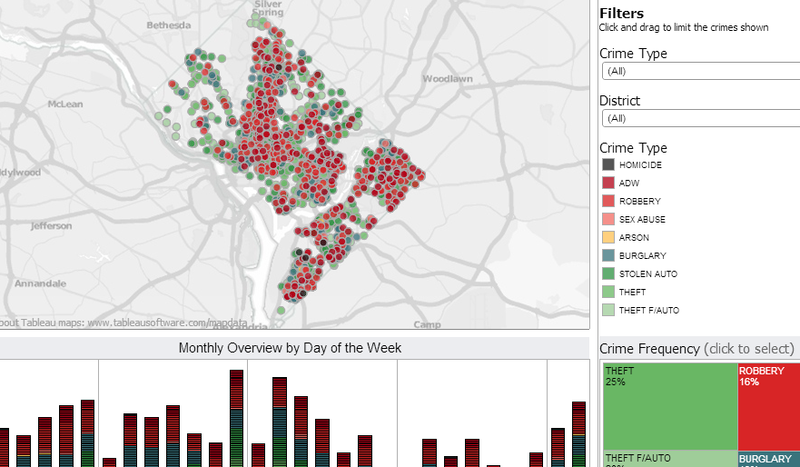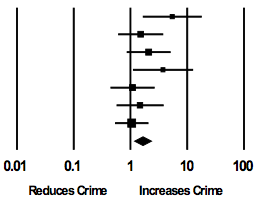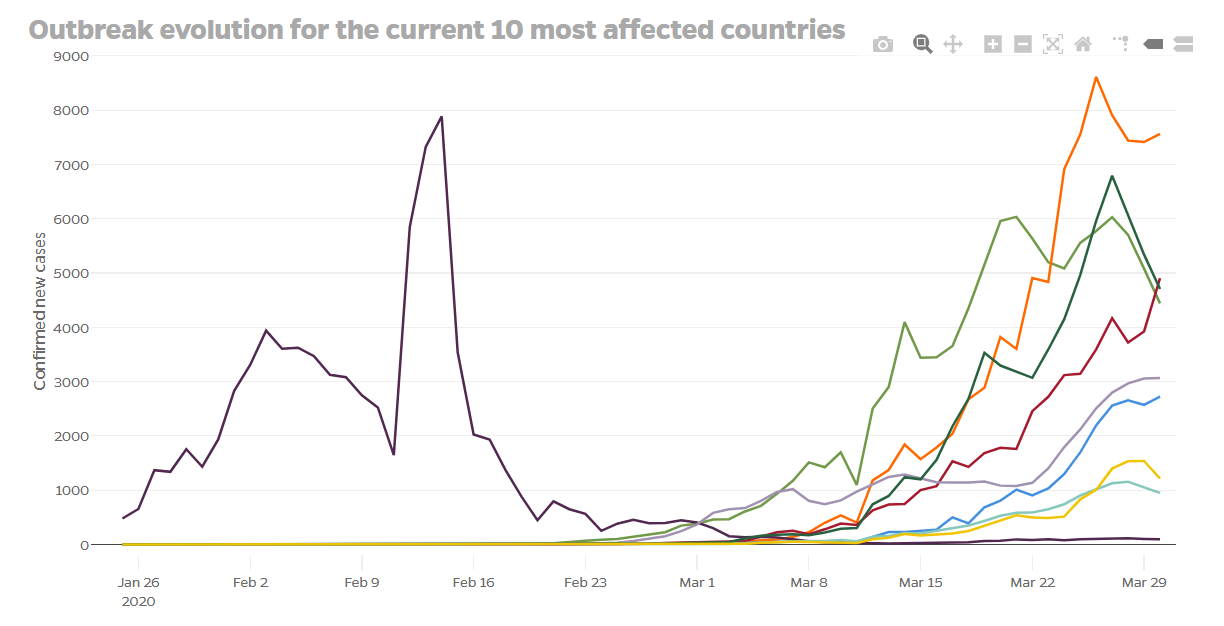Technology helps us discover meaningful patterns: Buying behavior, criminal activity, health effects. But when we succumb to pretty pictures and mindless measurement, shiny data fails to help answer important questions.

Source: Tableau.
This data visualization tool would be great for someone seeking crime stats – say, for law enforcement or house buying. But it doesn’t get at the why, or suggest to a decision maker how to reduce these crimes. Better visualizations could take us to new levels of sophistication and decision analysis.
Not all aha! moments are created equal. Plenty of projects develop data dexterity and visualization skills, so there’s that. But it would be great if more talent were applied to guiding decision makers, instead of this: People smile more in St. Louis. Or Have you ever wondered how fast you are spinning around earth’s rotational axis? Probably not, but now you can find out anyway! The New York Times piece A Makeover for Maps underscores the trend toward arty manipulations, telling us:
- “It doesn’t work if it’s not moving.” (Eric Rodenbeck of Stamen Design)
- “No more than 18 colors at once. You can’t consume more than 18.” (Christian Cabot, Tableau founder)
On a brighter note, the very talented Douglas van der Molen says he is “looking for ways to augment human perception to help in complex decision making.” And while today’s data visualizations don’t always provide ready answers, 300-page reports don’t necessarily either. Must read: The Onion classic Nation Shudders at Large Block of Uninterrupted Text.


Reefer Madness. Shiny objects are great conversation starters. But decision makers need explanations of causes and effects, transparency into research findings, analysis of alternatives. Take the forest plot, for instance, described very effectively by Hilda Bastian. Here you don’t just see crime stats: You discover that some tax-funded social programs, including Scared Straight, might actually increase crime.
So, what’s next? Tech firms have the creative talent and the resources to develop modern, powerful decision visualization apps. Why hasn’t this been a priority? Stay tuned for another post.
Posted by Tracy Allison Altman on







